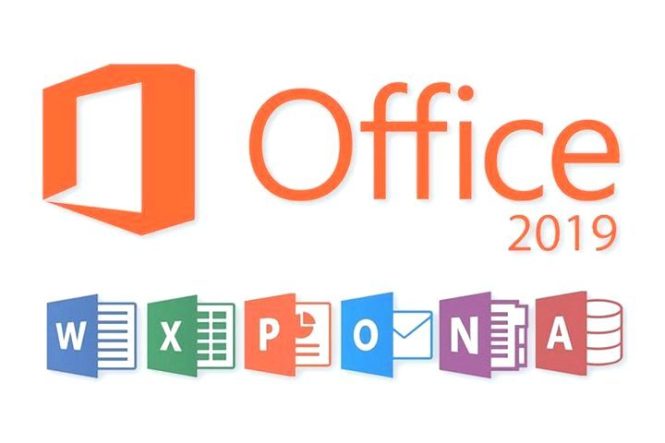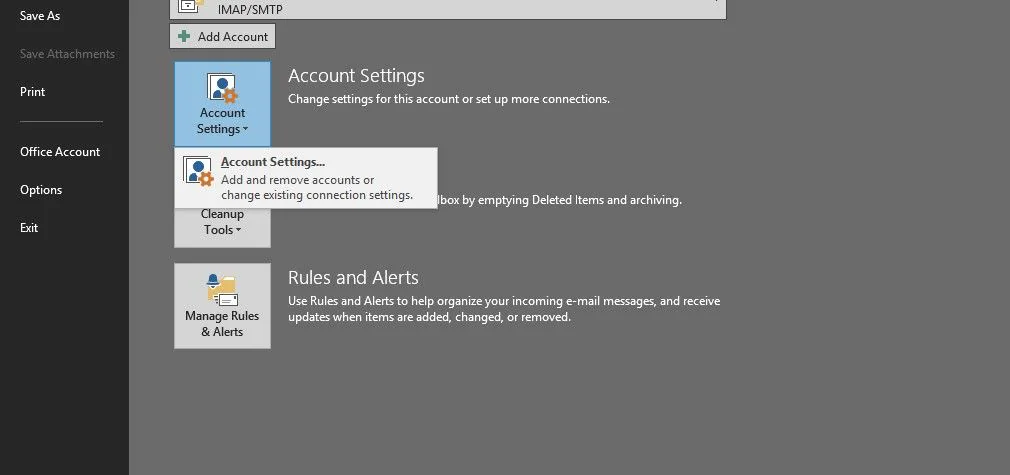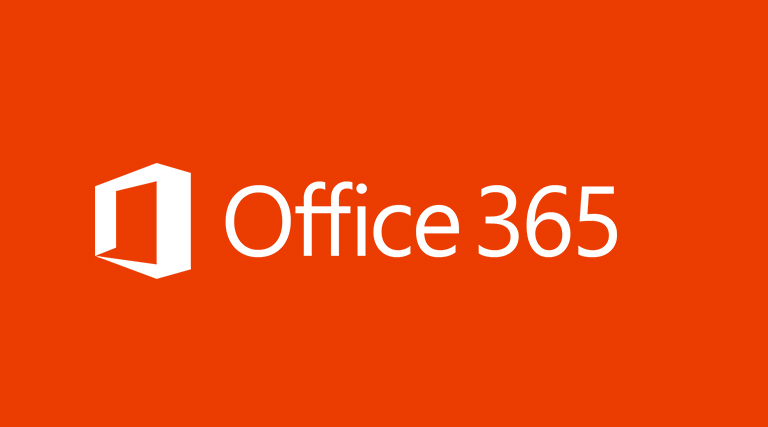Content databases aren’t the only databases that can be upgraded from SharePoint 2010 to SharePoint 2013. There is an exclusive club of service applications whose databases can also be upgraded to SharePoint 2013. Here are the members of that club:
- Business Connectivity Services
- Managed Metadata
- Performance Point
- Secure Store
- User Profile Service
- Search
In each of these cases the upgrade method is the same. Restore a copy of your SharePoint 2010 database into your SharePoint 2013’s SQL instance and start the service instance. Then create a new version of the service application in your SharePoint 2013 farm with PowerShell and point it at the restored database. When the service application is created, it will see a database is already there and upgrade it. When the service application is created it will have all the settings or content from the SharePoint 2010 version, depending on the individual service app. Because each service app behaves just a little differently, let’s take a look at each one.
Business Connectivity Services
If any entities were defined in your SharePoint 2010 Business Connectivity Services (BCS) service application it’s easy to bring them over to your new SharePoint 2013 farm. Following are the steps to upgrade your SharePoint 2010 BCS database to SharePoint 2013:
Get-SPServiceInstance | where-object {$_.TypeName -eq "Business Data
Connectivity Service"} | Start-SPServiceInstance# Start the service instance
$serviceapppool = Get-SPServiceApplicationPool "Default SharePoint Service App
Pool"
# Create the service application
$bcsapp = New-SPBusinessDataCatalogServiceApplication -Name "Business Connectivity
Service" -ApplicationPool $serviceapppool -DatabaseName "BusinessConnectivyDB"Managed Metadata
While the Managed Metadata service (MMS) was new to SharePoint 2010, organizations were quick to adopt it. In order to bring all those terms over to your SharePoint 2013 farm you can upgrade your SharePoint 2010 MMS database. Following are instructions on how to introduce all those tasty terms to your SharePoint 2013 farm:
Get-SPServiceInstance | where-object {$_.TypeName -eq "Managed Metadata Web
Service"} | Start-SPServiceInstance# Start the service instance
$serviceapppool = Get-SPServiceApplicationPool "Default SharePoint Service App
Pool"
# Create the service application
$mmsapp = New-SPMetadataServiceApplication -Name "Managed Metadata Service" -
ApplicationPool $serviceapppool -DatabaseName "ManagedMetadataDB"
# Create the servce proxy
New-SPMetadataServiceApplicationProxy -Name "Managed Metadata Service Proxy" -
ServiceApplication $mmsapp -DefaultProxyGroupWhen you open the MMS management page in Central Admin, you should see all the terms from your SharePoint 2010 farm.
PerformancePoint
The PerformancePoint service application can also be updated to SharePoint 2013. Following are the instructions for bringing it over from your SharePoint 2010 farm:
Get-SPServiceInstance | where-object {$_.TypeName -eq "PerformancePoint Service" }
| Start-SPServiceInstance# Start the service instance
$serviceapppool = Get-SPServiceApplicationPool "Default SharePoint Service App
Pool"
# Create the service application
$perfpointapp = New- SPPerformancePointServiceApplication -Name "Performance Point
Service" -ApplicationPool $serviceapppool -DatabaseName "PerformancePointDB"
# Create the servce proxy
New- SPPerformancePointServiceApplicationProxy -Name "Performance Point Service
Proxy" -ServiceApplication $ perfpointapp -DefaultProxyGroupSearch
SharePoint 2010 contained two SharePoint Search service applications. There was the bare-bones Search that came with SharePoint Foundation, and there was the full-blown Search service application that came with SharePoint Server 2010. It is only possible to upgrade the SharePoint Services Search service application. If you’re upgrading from SharePoint 2010 Foundation to SharePoint 2013 Foundation, you have to build it all from scratch. While that’s a tough pill to swallow, there is a silver lining. It will be a brand-new Search service application and there won’t be any cruft from the old Search messing things up. It will even have that new service application smell.
SharePoint Server 2010 had three databases in its stable; the Administration database, the Property database, and the Crawl database. Of these, only the Administration database can be brought over to SharePoint 2013. It contains all the settings and configuration, so it’s the only one that offers any value to a new farm. The steps for upgrading the Search Administration database are similar to the steps for upgrading the other service applications, but they require a little more PowerShell:
$SearchInstance = Get-SPEnterpriseSearchServiceInstance
Start-SPServiceInstance $SearchInst# Get the app pool and service instance
$serviceapppool = Get-SPServiceApplicationPool "Default SharePoint Service App
Pool"
$SearchInstance = Get-SPEnterpriseSearchServiceInstance
# Create the Search Service application by restoring the old Admin database
Restore-SPEnterpriseSearchServiceApplication -Name "Search Service Application" -
applicationpool $serviceapppool -databasename "Search_AdminDB" -databaseserver
"SharePointSQL" -AdminSearchServiceInstance $SearchInstance
# Create the service proxy
$ssa = Get-SPEnterpriseSearchServiceApplication
New-SPEnterpriseSearchServiceApplicationProxy -Name "Search Service Proxy" -
SearchApplication $ssa
# Add the proxy to the default proxy group
$SearchProxy = Get-SPEnterpriseSearchServiceApplicationProxy
Add-SPServiceApplicationProxyGroupMember –member $SearchProxy -identity " "Secure Store
Upgrading the Secure Store service application for SharePoint 2010 allows you to keep all the identify mappings that you were using. These are usually used in conjunction with other service applications. Because the contents of the Secure Store database wouldn’t be very secure if you could restore it without the encryption key it was encrypted with when it was created, you’ll need that in order for the upgrade to work. Here are the steps to upgrade your Secure Store database:
Get-SPServiceInstance | Where-Object { $_.TypeName -eq "Secure Store Service" } |
Start-SPServiceInstance# Get the service application pool
$serviceapppool = Get-SPServiceApplicationPool "Default SharePoint Service App
Pool"
# Create the service application
$securestoreapp = New-SPSecureStoreServiceApplication -Name "Secure Store Service"
-ApplicationPool $serviceapppool -DatabaseName "SecureStoreDB"
# Create the service proxy
$securestoreproxy = New-SPSecureStoreApplicationProxy -Name "Secure Store Service
Proxy" -ServiceApplication $securestoreapp -DefaultProxyGroup
# Restore the passphrase
Update-SPSecureStoreApplicationServerKey -Passphrase "pass@word1" -
ServiceApplicationProxy $securestoreproxyYou now have a Secure Store service application in SharePoint 2013 that contains all the credentials it had in your SharePoint 2010 farm.
User Profile Service
It shouldn’t come as a surprise to anyone that the User Profile Service (UPS) is a little more trouble than the other service apps. It does have a certain reputation to maintain, after all. Before upgrading your UPS service application, make sure your MMS service application has upgraded correctly. The UPS uses the MMS to store terms, so they should be in place before you bring the upgraded UPS online.
The SharePoint 2010 UPS used three databases: Profile, Social, and Sync. Only the Profile and Social databases support being upgraded. The Sync database is scratch space for the UPS while it’s doing imports and exports, so it doesn’t contain any useful information to upgrade. Use the following steps to bring your SharePoint 2010 profile information into your SharePoint 2013 farm:
Get-SPServiceInstance | where-object {$_.TypeName -eq "User Profile Service" } |
Start-SPServiceInstance# Get the service app app pool
$serviceapppool = Get-SPServiceApplicationPool "Default SharePoint Service App
Pool"
# Create the service application
$upa = New-SPProfileServiceApplication -Name "User Profile Service"
-ApplicationPool $ serviceapppool -ProfileDBName "UserProfile_ProfileDB"
-SocialDBName "UserProfile_SocialDB" -ProfileSyncDBName "UserProfile_SyncDB"
# Create the service proxy
New-SPMetadataServiceApplicationProxy -Name "User Profile Service Proxy" -
ServiceApplication $upa -DefaultProxyGroup


